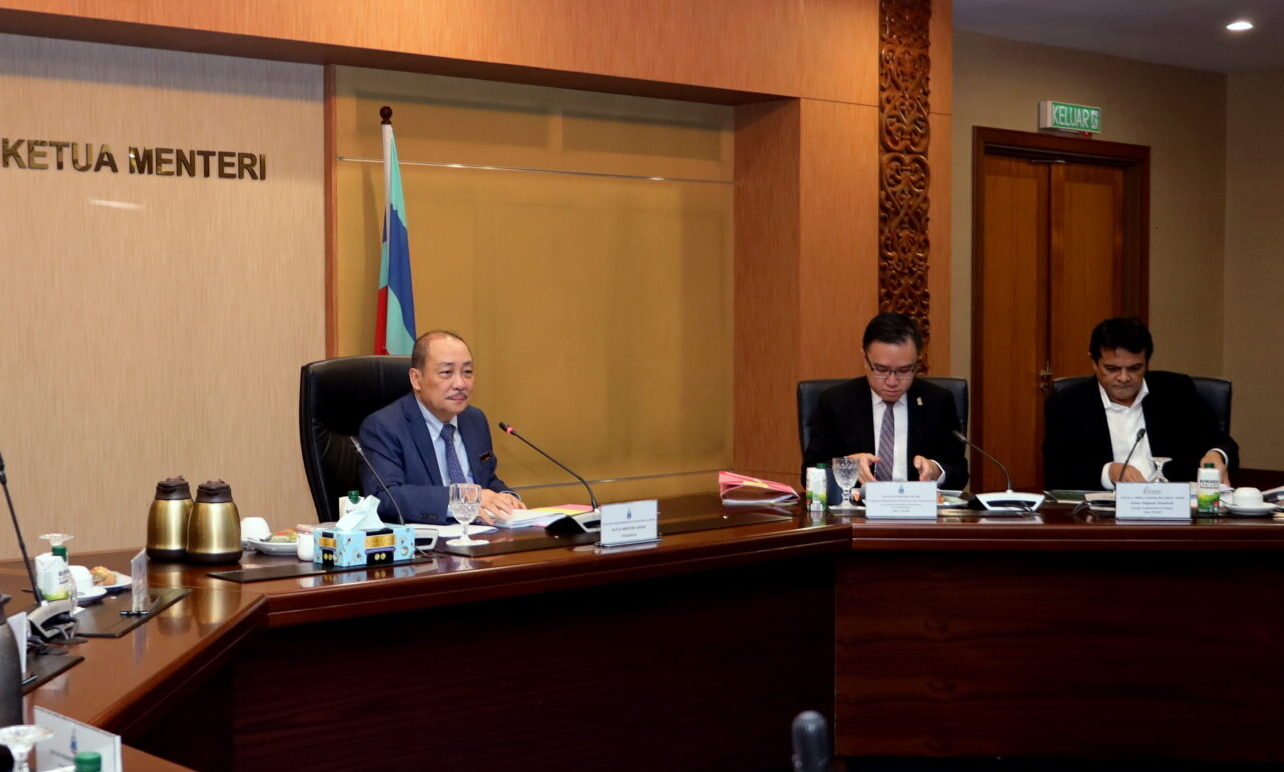Another Water Intake in Papar
The Government has decided that an additional water intake is the most viable solution as an alternative water intake to source raw water when the existing intake is faulty.
Chief Minister Datuk Seri Panglima Haji Hajiji Haji Noor has instructed the Water Department and Jetama Sdn Bhd to build a second water intake to feed the Emergency Water Supply Scheme (EWSS) Water Treatment Plant (WTP) in Kampung Limbahau, Papar. Kampung Kabang is selected as the site for the additional facility in view that it is located further upstream of Sungai Papar which will prevent saltwater intrusion.
"The proposed second water intake at Kampung Kabang will be the solution for the high salinity issue at the first water intake in Kampung Limbahau," Hajiji said on 19 March 2024 during a site visit at the Limbahau EWSS WTP.
The salinity level at the Limbahau EWSS WTP water intake is 4,000 milligrams per litre (mg/L), which has exceeded the maximum standard of only 120 (mg/L). Saltwater has flowed 13km into Sungai Papar, surpassing the Limbahau EWSS WTP water intake, which is about 8km away from the Papar River estuary. The EWSS WTP at Limbahau and the water plants at Jetama and Kogopon in Papar have been shut down since February 2024, which has resulted in a drop in water production to 35 million litres daily (MLD) compared to its full capacity of 63 MLD. The shutdown and prolonged drought have severely affected 150,000 residents in the district. Water production in the Sabah has dropped to 1,466.29 MLD compared to the normal 1,534 MLD production due to the shutting down of the Limbahau EWSS WTP and Sebatik WTP.
“The water crisis in Papar needs integrated action from all the related agencies. It is important to resolve the crisis immediately,” Hajiji said.
The District Office is using mobile water tankers to supply water to the communities. Water is also available at the district’s Water Department headquarters.
The Government is exploring other options, including cloud seeding at the water catchment areas.




